Studio: Kframelb
Designer / Architect: Roy Ghaya
Personal / Commissioned: Personal Project
Location: Japan Japan
The Japanese Wabi-sabi concept comes to life with an assured peace. We will not be able to recognize the hidden beauty in weathered items and raw materials we find around us until we embrace the transience and imperfection of life. We need to shed ourselves from a perfectionist skin-deep culture and thus accept authenticity in order to exploit this peaceful aesthetic. This reflects interior design by furniture crafted from bare knotted wood, rustic stone floors, walls and surfaces of pitted concrete, woven rugs, and interesting hand-made textiles. Rather than show-home glam, a lived-in look is nurtured, and a reassuring feeling of harmony and tranquility by simplicity. Nomad sofas possess a minimal design. As a simple, functional feature, the Nomad selection is based around the idea of a rounded wooden stick. The relations between the wooden components have been carried out in a manner that does not require screws or bolts
There is no reason why furniture should not be both fun and trendy. That is what drove Jan Ekselius in the early ’70s to develop the Etcetera chair. The outlandish lounge chair will be enjoyed by a whole new generation of style lovers. To reflect the distinctive look of the 70s, the Etcetera Chair is always selected. It is a veritable fashion classic with its unmistakable design and unparalleled comfort. The Lounge chair is part of the heritage of architecture and can lift any interior while being incredibly comfortable. While over the years there has been a good deal of playful whimsical furniture, few pieces can compete with the Etcetera. Probably Etcetera’s most remarkable feature is its simplicity. The piece is nothing more than bent steel wrapped in padded cloth, whether it is a deck chair, comfortable chair or bench.
To create a nice and relaxing atmosphere, you will need to begin with the color of the paint on your walls. Soft, earth-toned colors make every room feel welcoming and homey, as opting for a paint color influenced by nature will add immediate warmth to a room. Homey Earth tones will light up the room immediately. The Geta shoes perfectly comply with the pleasant and relaxed atmosphere of ‘Wabi-sabi’. With a shape resembling casual beachwear, they are comfortable and Geta shoes can be very beautiful as well as pragmatic unlike their thin rubber Western counterparts.
The Wabi-sabi Japanese aesthetic is based on the concept of the elegance of imperfection. Zen Buddhism exhorts austerity and contact with nature, which is also the case in Wabi-sabi. The natural tree vase incorporates the key components of a Wabi-sabi home, such as organic materials and elements of nature. The natural impurities present in plants and wood, in addition, are fantastic everyday examples of the elegance that can be found in imperfection. Trees and other wooden elements offer nostalgia, charm, usefulness, or a mixture of both. Leaves and sticks fall loosely and spontaneously which provide daily reminders of the nonessential need of perfection.
Travertine is a limestone type formed by natural springs, which accounts for its lumpy appearance and tonal hue. Indoor and outdoor spaces alike, Travertine ushers in a mood of beauty while still adding refinement, power and importance. It is also an attractive replacement for ceramic tile, available in four distinct finishes-polished, honed, rubbed, and tumbled. Real stone floor tiles scatter erratic pattern, forming an optimal foundation of exquisite imperfection for this use of natural materials. We are able to explore the softness of sandy travertines, which add a relaxed sensuality to spaces and goods, away from gritty stone surfaces. The softness of Travertine lends itself more to curvy, flowing shapes.












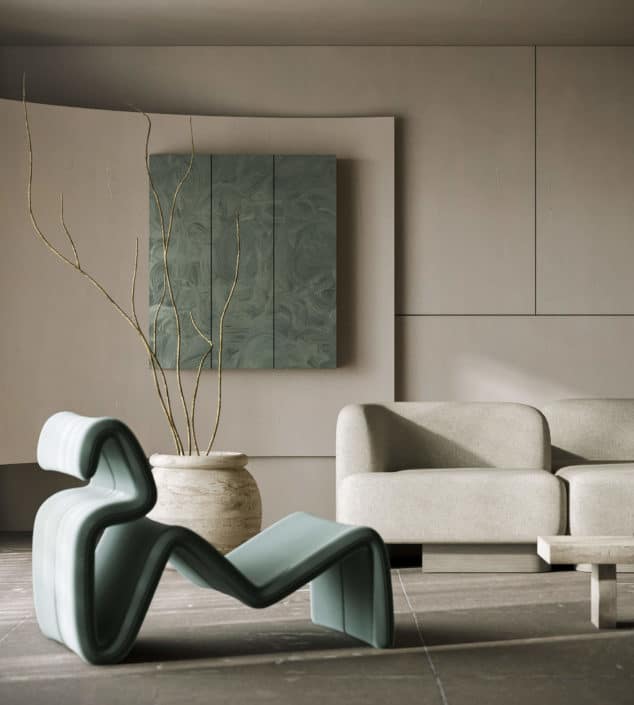
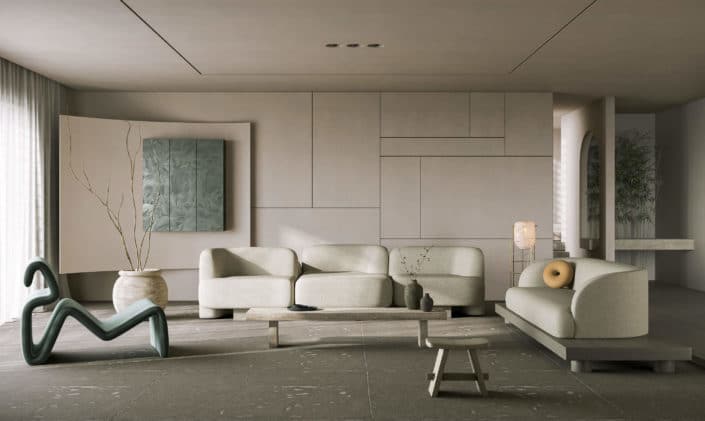
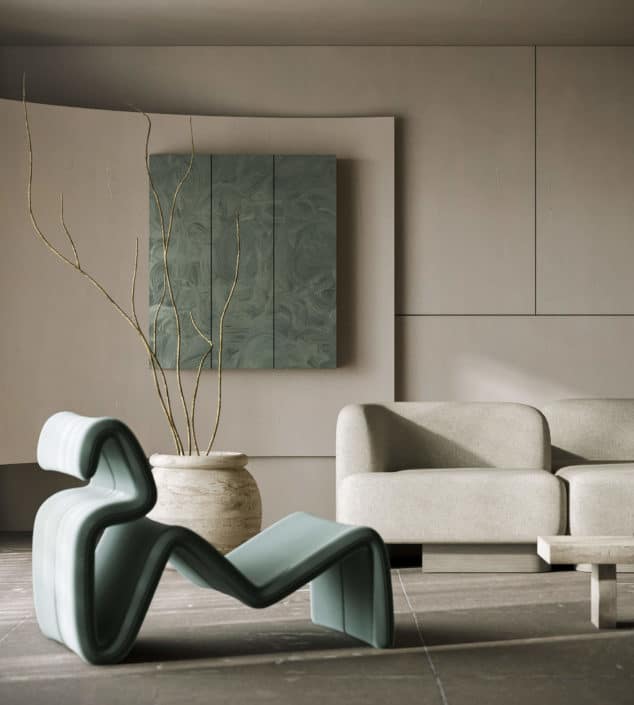
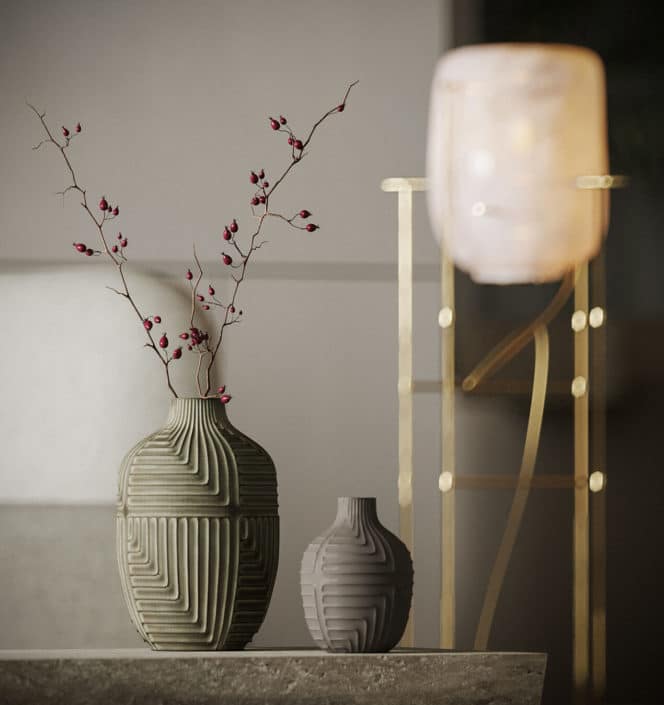
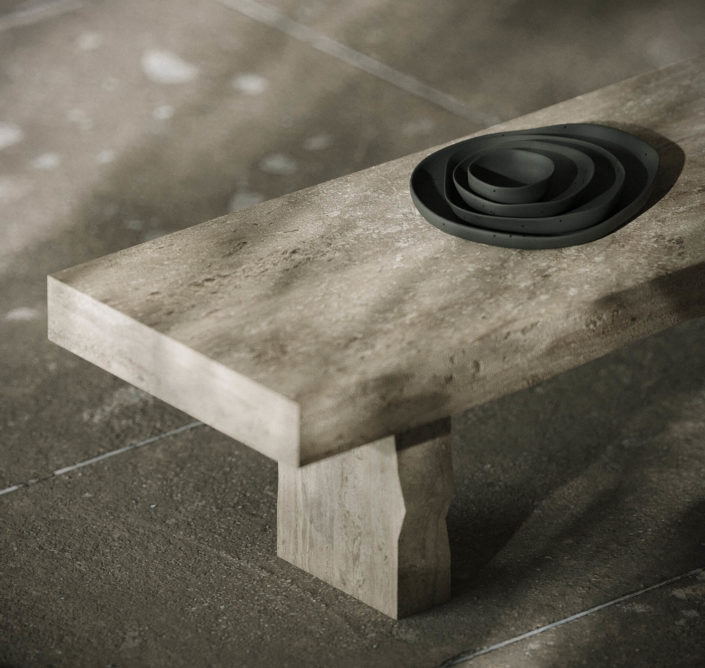
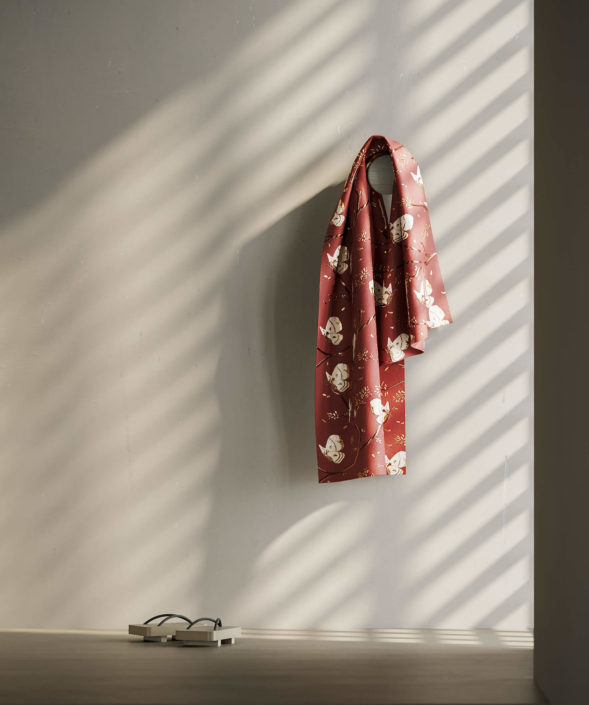


Start the discussion at talk.ronenbekerman.com